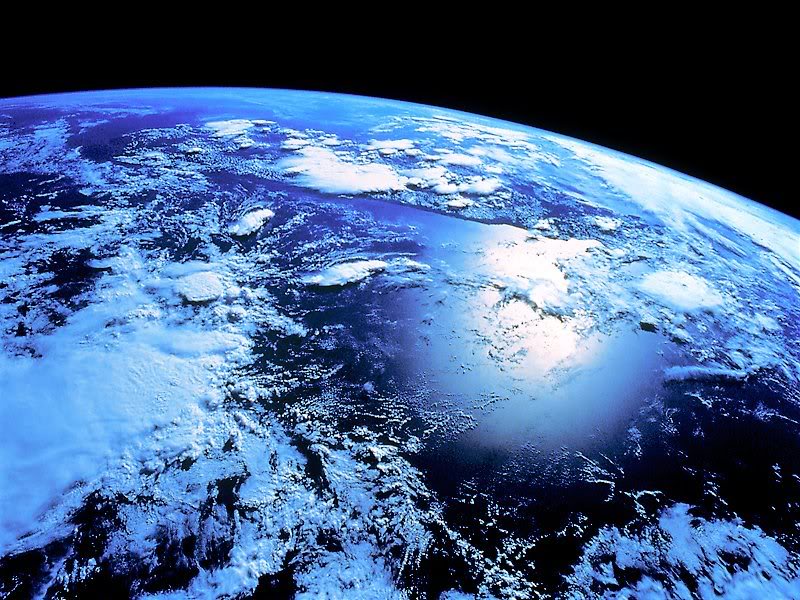
New research says thick atmosphere may not have contributed to warming the ancient planet.
New research say the Earth’s atmosphere weighed less than half what it does today, and that theory has some scientists saying if this hold’s true, it could lead to a re-write of many textbooks, according to a story on csmonitor.com.
The puzzle that researchers have been struggling with for quite some time is the fact that about 2.7 billion years ago, the sun was about 20 percent dimmer than what it is now, and that means if the atmosphere around the Earth was the same as today, all the water would be frozen. But geological research has proven the water was liquid, so scientists came up with a theory that the Earth was blanketed by a heavier atmosphere and significant amounts of greenhouse gasses that kept the planet warm.
Sanjoy Som, lead author on the study, and an astro-biologist with NASA’s Ames Research Center, and his colleagues focused their research on air bubbles trapped inside lava. Som explained, “A lava flow will cool from top down and bottom up. As the lava cools, it will trap the bubbles that are at the top and the bottom. The pressure that’s acting on the bubbles at the top is air pressure, and the pressure that’s acting on the bubbles at the bottom is air pressure plus the weight of the lava.”
The researchers were able to measure the differences in size of the lava bubbles to calculate the air pressure, using a long-established technique. However, not all the scientific community is willing to accept the conclusions.
Som acknowledged that fact, but added he believes it makes sense, and pointed out there were other independent works that pointed in the same direction. One of those was published by Som and his colleagues in 2012, after doing research on imprints of raindrops in ancient rocks that suggested the thick atmosphere was not likely the solution to the puzzle of the warm Earth.
Som adds, “Rocks are the history books of the Earth. He continued, “The planet was able to sustain life, and yet it was completely unfamiliar to what we have today. Because the early Earth was so markedly different, life could be existing on planets that have a very different environment than modern Earth.”

Leave a Reply